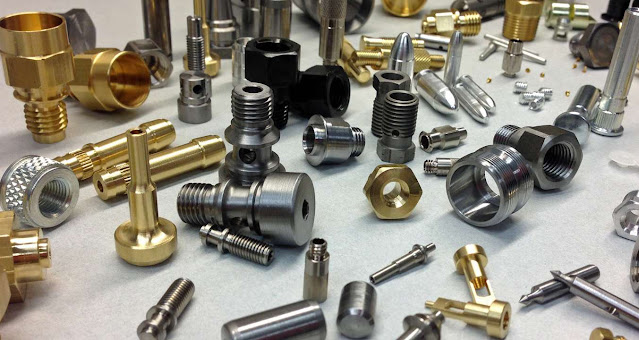Integrating CBC Valves Into Smart Manufacturing Systems

In today's rapidly evolving manufacturing landscape, the integration of advanced technologies has become imperative for companies seeking to remain competitive. One such technology that has revolutionized the manufacturing industry is the Computer Numerical Control (CNC) system. CNC machines have proven to be invaluable in terms of precision, accuracy, and efficiency. However, to further enhance automation and streamline processes, integrating CNC valves into smart manufacturing systems is a logical next step. In this blog post, we will explore the benefits and considerations of incorporating CNC valves into smart manufacturing systems, pointing towards a future of increased productivity and optimization. What Are CNC Valves? Before delving into their integration into smart manufacturing systems, let's first understand what CNC valves are. CNC valves are electromechanical devices designed to control the flow of various fluids, such as air, water, or hydraulic oil, in CNC machi...

